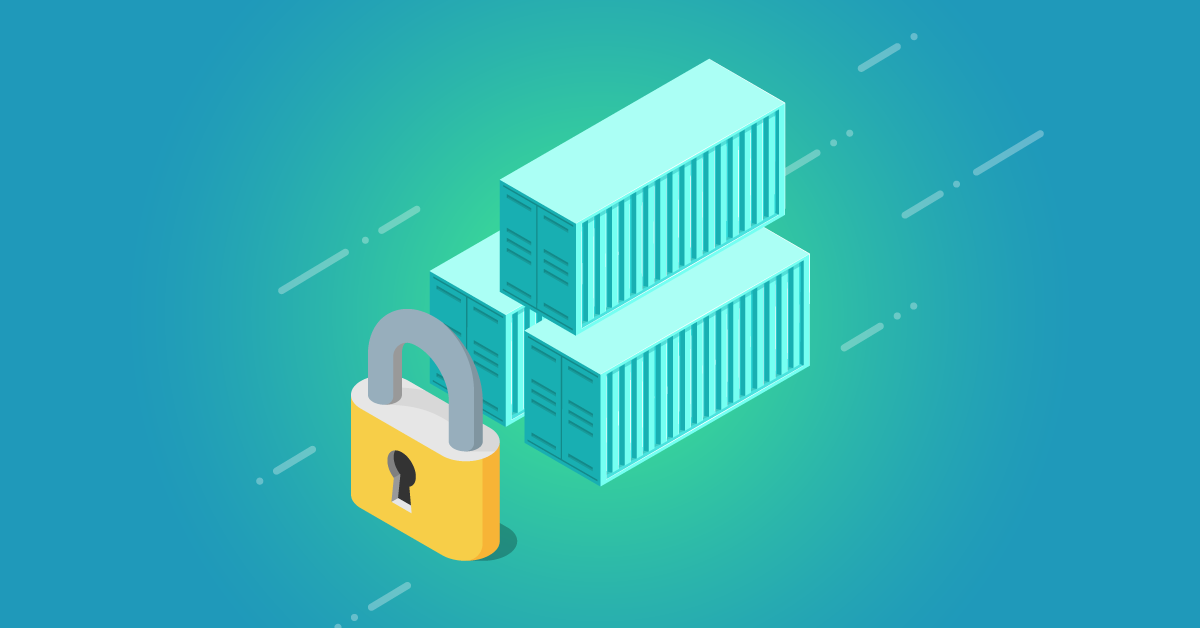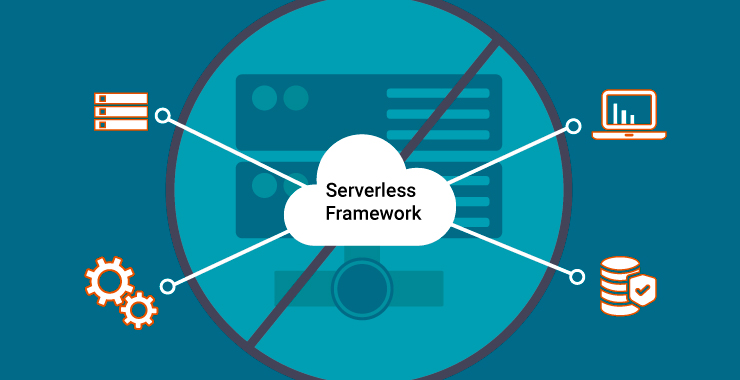
Container Security: Safeguarding Modern Applications
As the digital landscape evolves, containerization has emerged as a crucial technology for deploying and managing applications. Containers offer flexibility and efficiency, allowing developers to package applications with all their dependencies into a single, portable unit. However, as their use grows, so does the need for robust security practices. This article explores key aspects of container security, highlighting best practices and strategies to protect containerized environments.
Understanding Container Security Risks
Container security involves addressing potential vulnerabilities and threats that can compromise the integrity, confidentiality, and availability of containerized applications. Unlike traditional virtual machines, containers share the host OS kernel, which can lead to unique security challenges. Containers are not isolated in the same way as VMs, making them susceptible to attacks that target shared resources.
One major risk is the potential for container escapes. If an attacker gains control over a container, they might exploit vulnerabilities to access the host system or other containers. Additionally, containers that run with excessive privileges or outdated images can become easy targets for exploits.
Best Practices for Securing Containers
Securing containers requires a multifaceted approach that includes securing the container images, runtime environment, and orchestration platforms. Here are several best practices to consider:
Use Trusted Images: Start by using official or verified container images from reputable sources. These images are less likely to contain malicious code or vulnerabilities. Regularly scan images for known vulnerabilities and apply updates promptly.
Implement Least Privilege: Ensure that containers run with the minimal privileges necessary to perform their tasks. Avoid running containers as root, as this can significantly increase the risk of security breaches. Configure containers to use non-root users whenever possible.
Limit Container Capabilities: Restrict the capabilities granted to containers to reduce the potential attack surface. For example, disable unnecessary system calls and limit access to sensitive host resources. This can help prevent containers from exploiting vulnerabilities to gain unauthorized access.
Secure the Host Environment: The security of the host system is crucial for container security. Keep the host operating system and container runtime up to date with the latest security patches. Additionally, use firewall rules and network segmentation to minimize exposure to potential attacks.
Monitor and Log Activities: Implement comprehensive monitoring and logging to detect and respond to suspicious activities. Use tools that can provide visibility into container behavior, resource usage, and network traffic. Anomaly detection and alerting mechanisms can help identify potential security incidents early.
Securing Container Orchestration Platforms
Container orchestration platforms like Kubernetes play a vital role in managing containerized applications at scale. Securing these platforms is essential for overall container security. Here are key considerations:
Secure Access Controls: Implement strong authentication and authorization mechanisms for accessing orchestration platforms. Use role-based access control (RBAC) to limit permissions based on user roles and responsibilities. Regularly review and update access policies to ensure they align with organizational needs.
Encrypt Data: Protect data in transit and at rest by using encryption. Ensure that communication between containers, orchestration components, and external systems is encrypted. Additionally, encrypt sensitive data stored within containers to prevent unauthorized access.
Regularly Update and Patch: Keep the orchestration platform and its components up to date with the latest security patches and updates. Vulnerabilities in orchestration platforms can be exploited to compromise containerized applications, so timely patching is essential.
Implement Network Security Policies: Use network policies to control communication between containers and restrict access based on specific rules. This helps prevent unauthorized traffic and limits the potential impact of a compromised container.
Conclusion
Container security is a critical aspect of modern application deployment and management. By understanding the risks and implementing best practices, organizations can safeguard their containerized environments against potential threats. Employing trusted images, adhering to the principle of least privilege, securing the host system, and managing orchestration platforms effectively are all vital steps in ensuring robust container security. As containerization continues to evolve, staying informed about emerging threats and security practices will be key to maintaining a secure and resilient application infrastructure.


